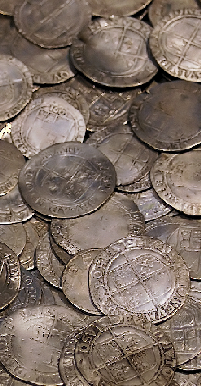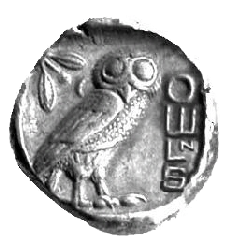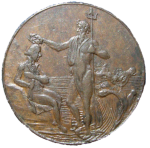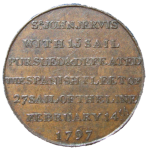
● Next Meeting Status:
Cancelled



● Host Society for the
BANS 2011 Congress
held in Southport


Where to next?

A Famous Victory
Sir John Jervis, the Spanish Fleet, and a Famous Victory
Apologising for what are considered to be the errors of history seems to be, these days, the favourite occupation of the politically correct. The fact appears to pass them by that the freedom they have, to be so sorry, was earned by the fearless and the brave who fought and defeated the enemies of this country.
The revision of history and the elimination of anything which might possibly offend the delicately sensitive quite likely explains why there is now no national consciousness of a famous victory which was won by British Arms in February 1797 when Admiral Sir John Jervis, and 15 sail, encountered, pursued and defeated the Spanish Fleet of 27 ships of the line, including what was then the world’s largest warship.

Great Britain had been engaged in war with France since the fall of the French monarchy, and the start of the campaign of aggression and conquest launched by the revolutionary government, which was intent on overthrowing the established order throughout Europe. The subjugation of a number of European states, and their control by France, left Great Britain facing many more enemies, including Spain. Early in 1797, the twenty seven capital ships of the Spanish Grand Fleet left port and headed westward through the Straits of Gibraltar with the intention of joining the French navy in an attack on British territory and interests.
Sir John Jervis and his squadron of fifteen ships intercepted the Spanish off the southern coast of Portugal as they were running for Cadiz, and the British fleet divided their line into two parts. From his flagship, HMS Victory, Sir John ordered his ships to tack in succession and prevent the gap from being closed.

Commodore Horatio Nelson, last but two in the line, saw that this manouevre would not be completed in time and made a quick decision to turn his ship, HMS Captain, 74 guns, into the gap. Although the Captain was barely half the size of the largest Spanish vessel, it took on seven Spanish ships, including the Santissima Trinidad, with 136 guns the largest ship in the world at the time, and two other ships, the San Nicolas, 80 guns, and San Josef, 112 guns. Through a hail of pistol and musket fire Nelson led boarding parties on to both and captured both.
By nightfall, four ships had been taken and ten others crippled. The few survivors
limped home to Cadiz where the Spanish Admiral was court-
[Though badly damaged, Captain survived the battle, and continued to fight the good fight until she was destroyed by fire in 1813. The Santissima Trinidad was also badly damaged, but made Cadiz, and remained in service until Nelson succeeded in bringing about her destruction at Trafalgar in 1805.]

Our token halfpenny was issued payable by Thomas Sharp, of Portsmouth, and shows
Admiral Jervis being crowned with a laurel wreath by Neptune, god of the sea, who
is seen standing in his chariot. Behind are two sea-
The reverse features an inscription:
‘SR JOHN JERVIS WITH 15 SAIL PURSUED & DEFEATED THE SPANISH FLEET OF 27 SAIL OF THE LINE, FEBRUARY 14TH 1797’
I cannot imagine that Thomas Sharp of Portsmouth would have had much truck with our
so-
Chris Leather


Hover your cursor to
see the coins in detail
Dalton & Hamer
Hampshire 65
